I am working with the cumulative emergence of flies over time (taken at irregular intervals) over many summers (though first I am just trying to make one year work). The cumulative emergence follows a sigmoid pattern and I want to create a maximum likelihood estimation of a 3-parameter Weibull cumulative distribution function. The three-parameter models I've been trying to use in the fitdistrplus package keep giving me an error. I think this must have something to do with how my data is structured, but I cannot figure it out. Obviously I want it to read each point as an x (degree days) and a y (emergence) value, but it seems to be unable to read two columns. The main error I'm getting says "Non-numeric argument to mathematical function" or (with slightly different code) "data must be a numeric vector of length greater than 1". Below is my code including added columns in the df_dd_em dataframe for cumulative emergence and percent emergence in case that is useful.
degree_days <- c(998.08,1039.66,1111.29,1165.89,1236.53,1293.71,
1347.66,1387.76,1445.47,1493.44,1553.23,1601.97,
1670.28,1737.29,1791.94,1849.20,1920.91,1967.25,
2036.64,2091.85,2152.89,2199.13,2199.13,2263.09,
2297.94,2352.39,2384.03,2442.44,2541.28,2663.90,
2707.36,2773.82,2816.39,2863.94)
emergence <- c(0,0,0,1,1,0,2,3,17,10,0,0,0,2,0,3,0,0,1,5,0,0,0,0,
0,0,0,0,1,0,0,0,0,0)
cum_em <- cumsum(emergence)
df_dd_em <- data.frame (degree_days, emergence, cum_em)
df_dd_em$percent <- ave(df_dd_em$emergence, FUN = function(df_dd_em) 100*(df_dd_em)/46)
df_dd_em$cum_per <- ave(df_dd_em$cum_em, FUN = function(df_dd_em) 100*(df_dd_em)/46)
x <- pweibull(df_dd_em[c(1,3)],shape=5)
dframe2.mle <- fitdist(x, "weibull",method='mle')

